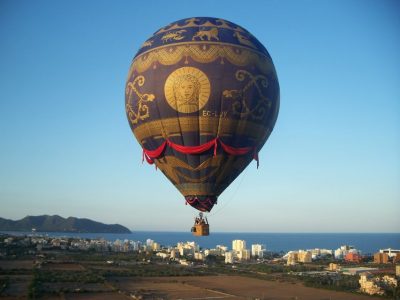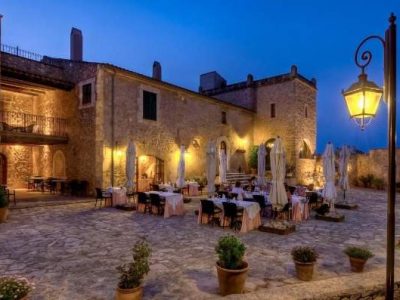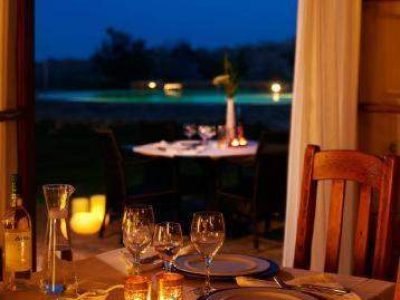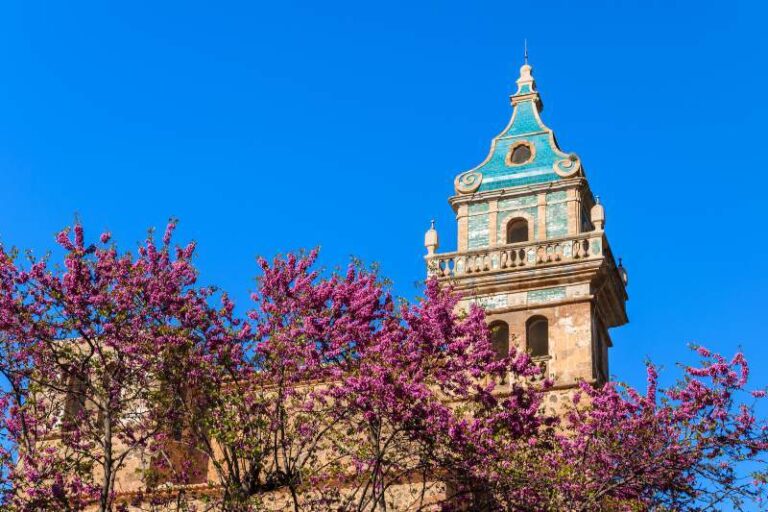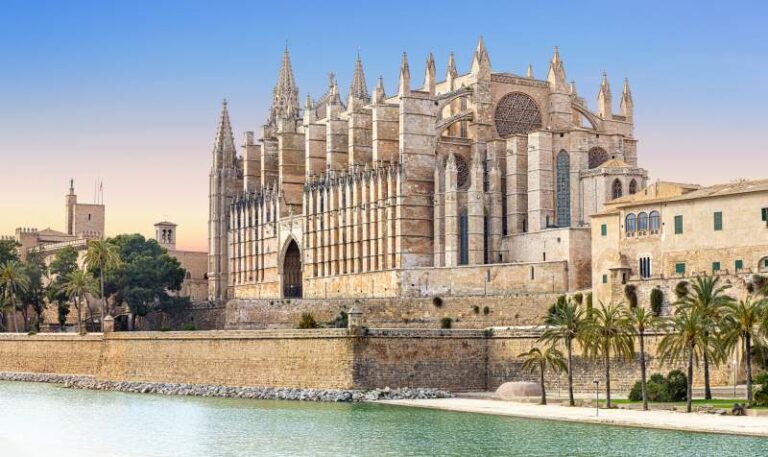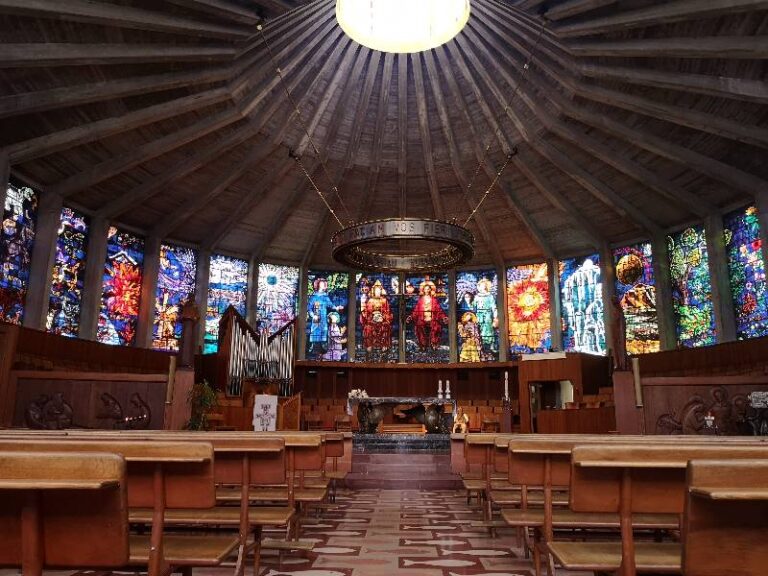All your holiday planning needs in one place, letting you book direct and benefit from official online rates
- Places To Go
- Things To Do
What’s Your Interest?
Traveling with kids
- Blog
Convent and church of Sant Vicenç Ferrer

FEATURED EXPERIENCE

Once in a Lifetime Experience: Private Hot Air Balloon Ride
From: €750
- Lowest Online Rates
The Convent of Sant Vicenç Ferrer, a national monument
The construction of the church and convent of sant Vicenc Ferrer was initiated in 1597 and consecrated in the late 18th century. It was granted by Philip II, in 1576, and was the second Dominican convent in Mallorca, the first being the now demolished in Palma from 1296.
When the community of Dominicans first arrived in Manacor they built the first small chapel dedicated to Sant Vicenc Ferrer. Later, they acquired the land next to it where they started the construction of the convent buildings.
Church of Sant Vicenç Ferrer
The church building is a good example of typical Mallorcan convent churches, with its open nave and chapels built between buttresses and arches – a way to show moderation.
What is particularly interesting here, is the chapel Capella de la Roses (Chapel of Rosary) located on the right side of the church. This chapel is itself a small church, with little side chapels and altarpiece. It also contain some of the most exuberant religious Baroque architecture from Mallorca.
Another remarkable object in the church of Sant Vicenç Ferrer is the large church organ built between the end of the 17th century and beginning of the 18th century.
Originally the main facade had a trabeated portal under a semi-circular arch with a figure of Sant Vicenc Ferrer in it.
To the left of the main entrance portal you can see the bell tower rise, with its pyramid shaped roof. Austerity dominates the tower, however, there are some Baroque touch with the gilding of the decorative motifs.
The church was inaugurated in 1617.
The convent of Sant Vicenç Ferrer
The convent is also built in the Baroque architectural virtues, in a rectangular shape with central courtyard. The works started shortly after the establishment of the first church, in the late 16th century, and lasted until the 18th century.
The construction of the beautiful cloister lasted from the end of the 17th century to the first half of the 18th century.

Until 1835-36, the conevnt of Sant Vicenç Ferrer exclusively a sacred place for monks, where no one else had access. When the first Carlist war broke out in Spain, the prime minister Juan Mendizábal, seized all monastic properties that didn’t make full use of their lands throughout Spain in order to auction them to private investors, with the goal of raising funds to support Queen Isabella II during the war.
In 1907, the church was returned to the Dominican order.
In 1919, the convent of Sant Vicenç Ferrer was declared a national monument.
Today, most of the old convent is used by the municipality for offices and library.
Who was Vicenc Ferrer?
Vicenc Ferrer (Eng. Vincent Ferrer) was a Dominican friar and preacher, born in 1350, in Valencia. He was named after Vicenc de Saragossa, or Vicenc de Huesca, promomartyr of Spain and patron saint of Valencia.
Legends surround his birth and early years, for example, it is said that his mother did not experience pain giving birth to him, and that his father was told that the boy would become a great Domincan. Already at an early age, Vicenc started studying, first classical studies and then theology and philosophy.
By the age of 18, Ferrer entered the Dominican Order (Black Friars). In 1579, he was ordained priest in Barcelona. He continued his studies to become Master of of Sacred Theology and was commissioned by the order to give lectures. He was later sent to Barcelona and again to the University of Lleida where he earned his doctorade in theology.
During the Papal Schism (1378-1417), Ferrer was convinced that the election of Pope Urban VI was invalid and worked to persuade the Spaniards to give their support to Clement VII. He then later worked to have Benedict XIII, successor of Clement, end the schism and resign.
Ferrer was said to have been a highly skilled and gifted preacher, whose style was considered innovative and incorporated the rhetorical directness of the time. He is said to have preached the gospel in many countries, such as England, Scotland, ireland, France, Switzerland and Italy, even though he himself only spoke Catalan.
Vicenc Ferrer was also known as a man who converted many to Catholicism, particularly Jews. Although according to Catholic documents, Ferrer converted more than 25,000 Jews by preaching.
However, contradictory theories cast a darker shade on his many convertions. Vicenc Ferrer is said to have contributed to anti-Semitism in Spain, as violence tended to follow his visits. Incidents in both Valencia and Toledo both suggest that he encouraged violence and persecution of Jews. He also participated in the Disputation of Tortosa (1413-1414), which had the purpose of converting Jews to Catholicism by the use of debate amongst scholars.
Vincent died on 5 April 1419 at Vannes in Brittany, at the age of 69, and was buried in Vannes Cathedral. He was canonized by Pope Calixtus III on 3 June 1455. His feast day is celebrated on 5 April.
Info
- Plaça del Convent, s/n, 07500 Manacor (get directions)
- +34 971 550 983





